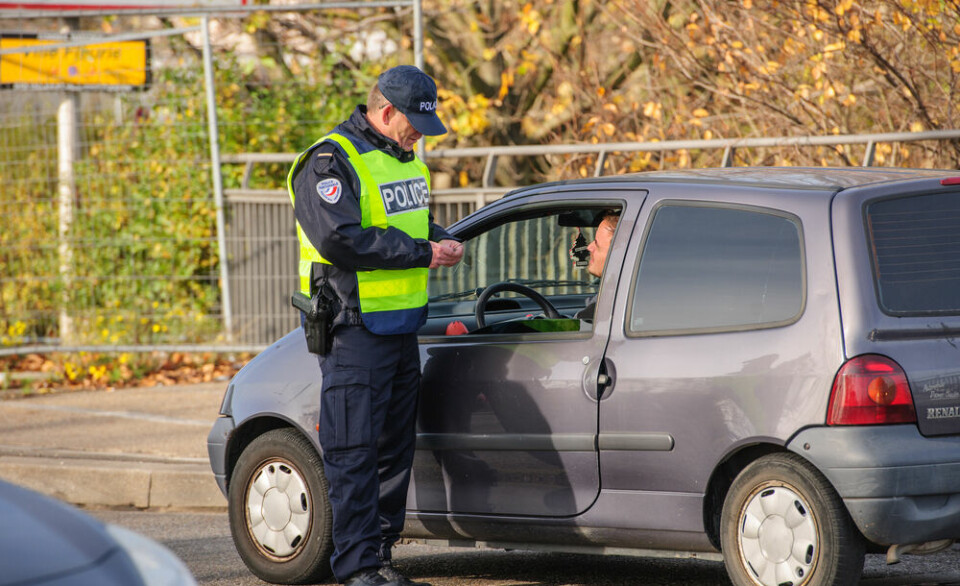-
Did you know? France invented the strawberry
As strawberry season gets underway, you might be surprised to hear that garden strawberries originated in France and can be used in many ways
-
Know your cheeses and their seasons: which to eat in France in February
Cow’s milk cheeses dominate as winter comes to an end
-
Films and series to watch in February to improve your French
Every month we outline good film and TV series to improve your language
Military thinking behind yellow headlights
For nearly 50 years, vehicles in France were obliged by law to have yellow headlights - but no one appears to know why

A distinctive feature of driving in France used to be the yellow headlights on all cars, which were found in no other European country.
Now, though not illegal they are a rare sight only seen on some old cars. But up until 1993, when France decided to comply with European norms, they were compulsory under a law which was introduced in 1936 and which stated that cars could only carry “headlights which radiate a yellow light and conform to an agreed model.” This applied to all new cars from April 1937 and to all vehicles from January 1939 onwards.
The reason why this measure was introduced is not clear. There are claims that it was for military purposes in the event of war so that the army could distinguish between their own and the enemies’ vehicles. A study published by the highly respected government publishing company Documentation Française notes that the adoption in 1936 of the yellow headlights law was made “at the request of the military”, but without further clarification.
Another theory is that yellow lights were thought to be easier on the oncoming drivers’ eyes and penetrated fog and rain better. An Academy of Sciences report based on a 1934 study by 'several doctors' stated: “The observations made by users, and particularly those who have a scientific education, show that a projected yellow light dazzles less than white light and that the re-adaption of the eye after facing the glare is notably diminished. The yellow light gives rise to a lower rate of reflected light in fog or mist, or on liquid droplets during rain. It seems to reduce eye fatigue.”
Yellow lights were the only ones allowed in France for nearly 50 years. Now both white and yellow are permitted in regulation R313-2 which states that: “All vehicles must have at least two headlights at the front, with a white or yellow light which efficiently lights up the road at night, in clear conditions over a minimal distance of 100 metres.”
However nearly all cars have white lights now as they have been shown to be more efficient.
An episode of BBC motoring show Top Gear from 1990 looked into the phenomenon and showed that yellow lights meant a severe loss of headlight power.
Chris Goffey reported that when tungsten bulbs were painted yellow there was only a 10% loss of light. But when halogen bulbs were introduced, they could not be painted and had to be covered with a second yellow-coloured glass cover which meant a greater loss of light of up to 30%. The programme explained that studies showed that white lights were more efficient and did not dazzle any more than yellow lights when they were properly adjusted.
Top Gear concluded that the greatest losers at that time would be the British holidaymakers who enjoyed painting their headlights yellow or attaching a yellow filter and who would no longer be able to 'show the Joneses that they really had been on holiday to France'!
























